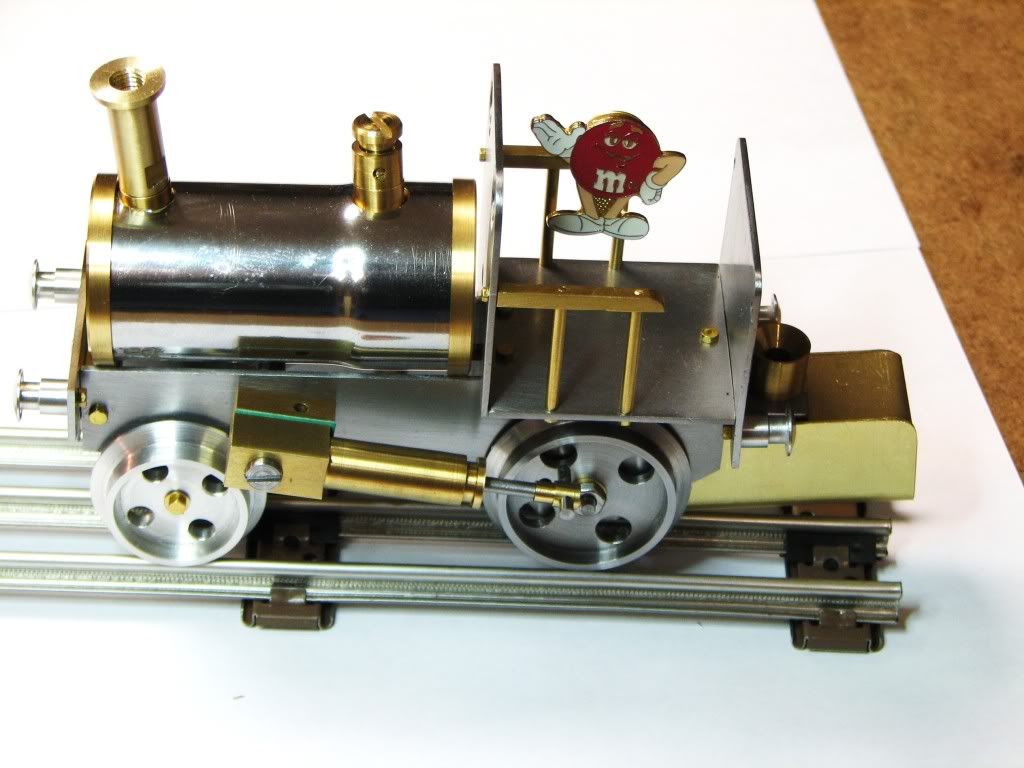zeeprogrammer
Well-Known Member
- Joined
- Mar 14, 2009
- Messages
- 3,362
- Reaction score
- 13
Thanks very much Jim and tmuir.
tmuir...that's some high compliments. Thank you. I'll try and get better photographs ;D.
Some wick material came with the kit. I don't know what it is...but it looks like cotton braid...about 3/16" diameter, 15" long.
tmuir...that's some high compliments. Thank you. I'll try and get better photographs ;D.
Some wick material came with the kit. I don't know what it is...but it looks like cotton braid...about 3/16" diameter, 15" long.

















![DreamPlan Home Design and Landscaping Software Free for Windows [PC Download]](https://m.media-amazon.com/images/I/51kvZH2dVLL._SL500_.jpg)











































